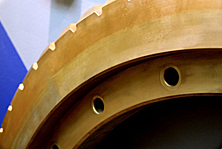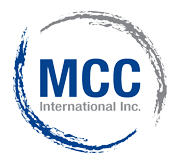 |
Excellence in |
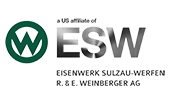 |
Bi-metal casting begins with the controlled melting and alloying of metals. All melting occurs in modern coreless induction furnaces.
Our unique casting process achieves a rapid rate of heat transfer from the shell to the core portion of the mold medium, resulting in the production of a solidified metal. This production method enables us to produce bi-metallic sleeves that feature high-wear resistant shells with inner cores that are tough and forgiving.
Bi-metallic casting offers numerous benefits compared to single-alloy casting. They include:
At MCC, we take pride in our craftsmanship. That’s because our operational and quality procedures result from a solid understanding of theory, and years of practice.
Our variety of centrifugally cast bi-metal products includes:
- Gear Blanks
-
Rolling Mill Sleeves
-
Bar & Tube Mill Sleeves
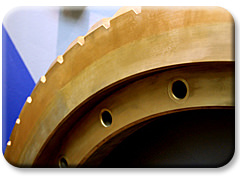
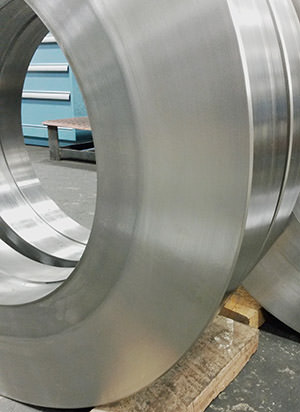
The bi-metal casting of gear blanks is a technology developed and later patented by William H. Miller, founder of Miller Centrifugal Casting Company. It is a process whereby two alloys are poured and centrifugally cast into one metallurgically bonded gear blank. The outer rim of the blank where the gear teeth are cut is composed of tin bronze. The inner portion where the shaft is to be keyed or splined or an iron spider bolted is manganese bronze.
Bi-metal casting allows two different metals to be combined in one gear while maintaining the distinct advantages offered by the constituent alloys.
The optimism and encouragement with which major producers of gear sets and drive units accepted bi-metal casting led to the construction of a new foundry by MCC. The foundry is tailored specifically to the melting, handling, and pouring of two alloys. Today, MCC is planning further expansion to accommodate the demand for its bi-metal product.
Bi-metal casting begins with the controlled melting and alloying of nonferrous materials. All melting is done in modern coreless induction furnaces. Melting procedures have been established and are carefully monitored by managers trained in metallurgy. Every heat of molten metal is laboratory controlled before it is poured to assure that all customer specifications are met.
The emphasis on defined procedure is as important in casting quality metal as it is in melting it. Centrifugal casting has long been recognized as a superior method for producing quality gear blanks. The ability to control the direction of solidification and draw all impurities to the bore of the cast part enables centrifugal casters to produce blanks free of defects.
